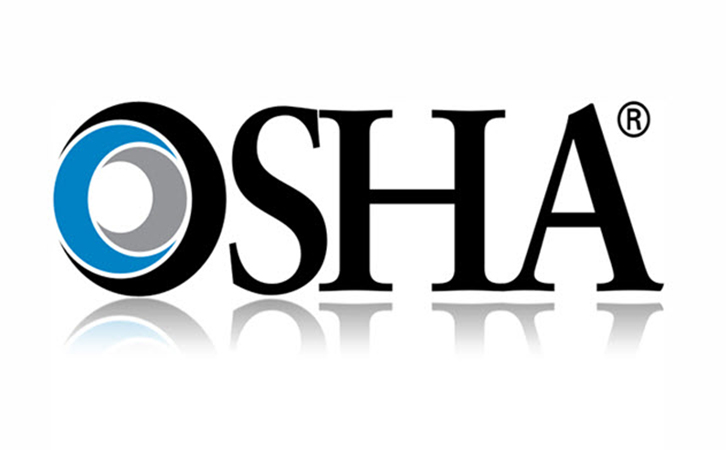OSHA conducted an informative web chat today on its regulatory agenda for 2011. Assistant Secretary, Dr. David Michaels answered questions on a range of topics including GHS, the Injury and Illness Prevention Program and other upcoming rules.
Excerpted below are a few of the major announcements from the chat, which taken together provide good insight into what the upcoming year has in store.
Hazard Communication
To start, Dr. Michaels put the focus on information access and awareness:
"Improving access to information establishes a solid foundation for making workplaces safer. OSHA is focused on improving worker awareness of the health and safety risks posed by hazardous chemicals. We are pleased to announce that in 2011 we will be publishing the final rule to revise our Hazard Communication Standard (HCS).”
GHS
The HCS revision Dr. Michaels is alluding to includes adoption of GHS, which he said is set for August 2011.
"OSHA completed public hearings [on GHS] in March 2010. A post-hearing comment period has closed and OSHA is evaluating the rulemaking record to finalize the rule. OSHA anticipates that the final rule will be published in August 2011.”
Michaels added that OSHA “has been asked to produce guidance documents to assist with this rulemaking and plans to do so.” He also said “OSHA has not yet determined the effective date for the GHS rule. The effective date will be announced at the time the final rule is published.”
i2p2 Injury and Illness Prevention Program
Another major initiative for 2011 is around OSHA’s Injury and Illness Prevention Program initiative. In fact, Dr. Michaels described I2P2 as “OSHA's highest regulatory priority,” saying, “We believe this will have the greatest impact in terms of preventing workplace injuries, illnesses and fatalities.”
Michaels also said I2P2 “will help employers to set up a process to “find and fix” workplace hazards.”
Later Michaels explained some of the reasoning behind their i2p2 focus:
“OSHA has limited resources and we have tried to focus our regulatory activities in ways that will produce standards with the greatest impact. We recognize that we cannot have standards for all hazards. This is the reason we are moving toward requiring employers to have Injury and Illness Prevention Programs.”
General Duty Clause
During the chat, Michaels cautioned that OSHA would be “increasing our use of the general duty clause because the OSH Act makes it very clear that it is the obligation of employers to provide workplaces free of recognized hazards, whether or not there is an OSHA standard.”
In addition to initiatives mentioned above, in 2011 OSHA anticipates publishing final rules for
- Confined Spaces in Construction
- General Working Conditions for Shipyards
- Electric Power Transmission
- Hazard Communication and Standards Improvement
- Several whistle-blower regulations
Training
A major OSHA initiative of 2010 was responding to concerns about vulnerable, at risk workers and Dr. Michaels intimated that focus will continue into the new year, especially as relates to non-English speaking employees.
Dr. Michaels said, “It is very clear to us that training in languages the workers do not understand does not constitute adequate training. Responsible employers ensure that workers are trained effectively. To do that, the employees’ language and literacy level must be taken into account.”
MSD Column on Form 300
Michaels said, “This regulation is currently at OMB for final review and we expect to add it to the Form 300 log starting January 2012.”
You can see the entire transcript of the conversation, including all of the questions on OSHA Web page: Regulatory Agenda Chat with OSHA.







